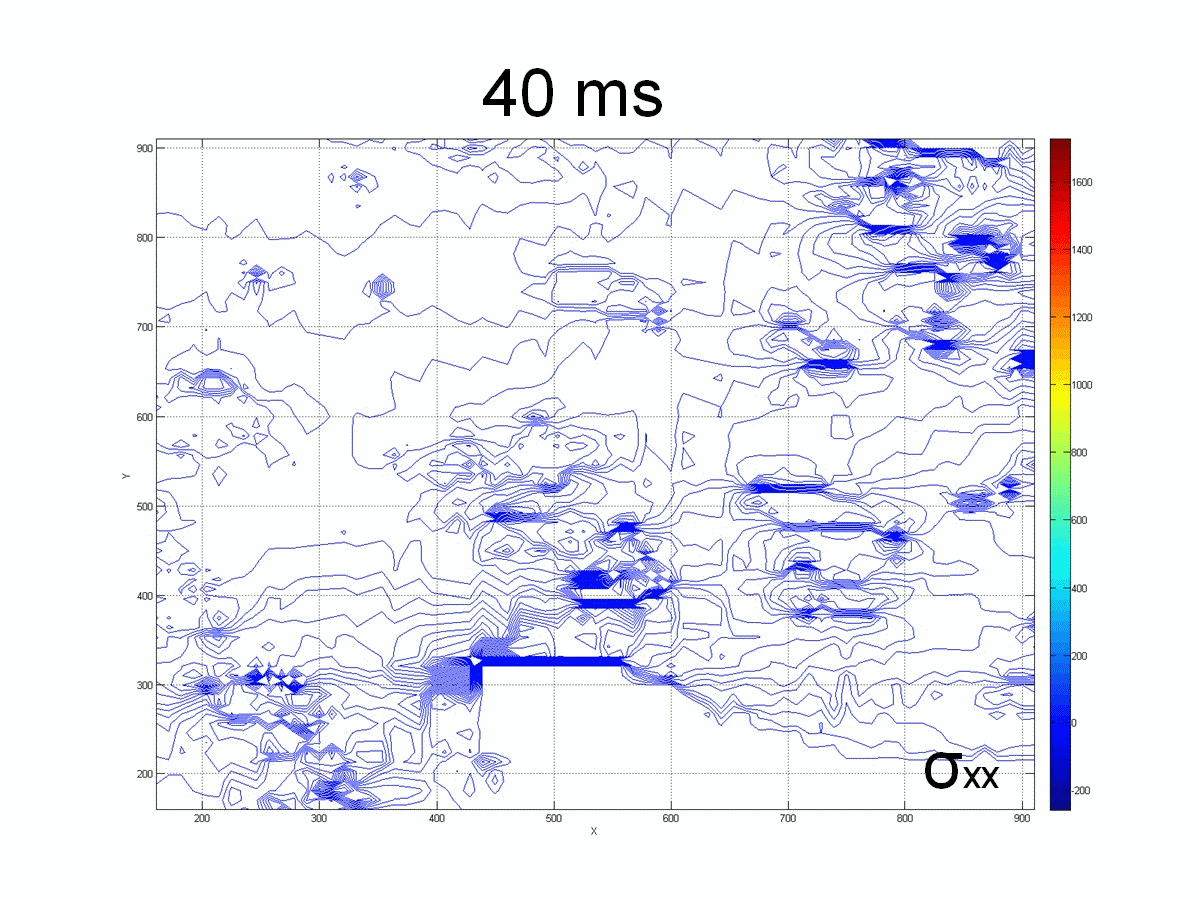In the physiological and pathological activities of collagenous soft tissues, the fibroblasts in various phenotypes coordinate in response to the regulation, proliferation, differentiation, and remodeling of the tissue. To understand the tissue-to-cell stress transfer, understanding factors contributing to the stress distribution at organ-tissue-cell levels is of paramount importance.
 |
Mechanical stresses at organ-, tissue-, and cell-levels: We use imaged-based computational simulations to investigate stress/strain transfer behaviors in biological tissues. Read More
|
 |
Constitutive modeling of biological tissues: We adopt nonlinear and anisotropic constitutive models to decribe mechanical behaviors of biological tissues. Read More |
 |
Stress and strain effects on collagen catabolism: We use endogenous collagenase to understand strain-dependent collagen proteolysis in biological tissues. Read More
|
 |
Biaxial mechanical testing of biological tissues: We use biaxial mechanical testing data to investigate and model nonlinear and anisotropic mechanical behaviors of biological tissues. Read More
|
 |
Mechanics of valvular tissue-cells: We use optical microscope to visualize and investigate cytoskeleton network in biological cells. Jugular venous valve tissue viewed (a) from a regular high-resolution scanner and (b,c) in a LSM-710 confocal microscope (200×). Read More
|
Research Highlights:
